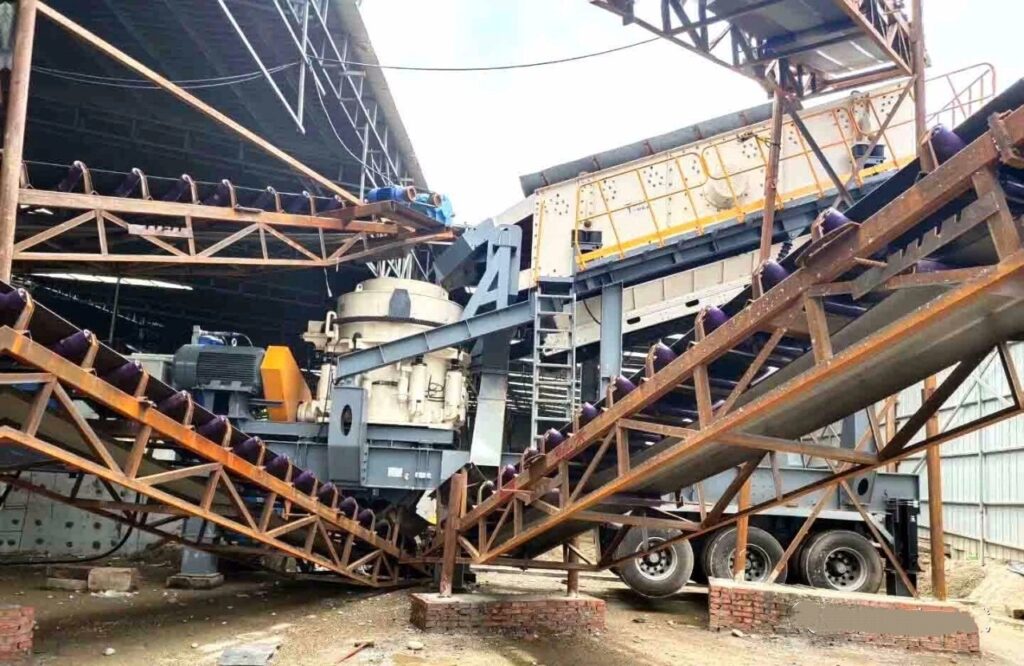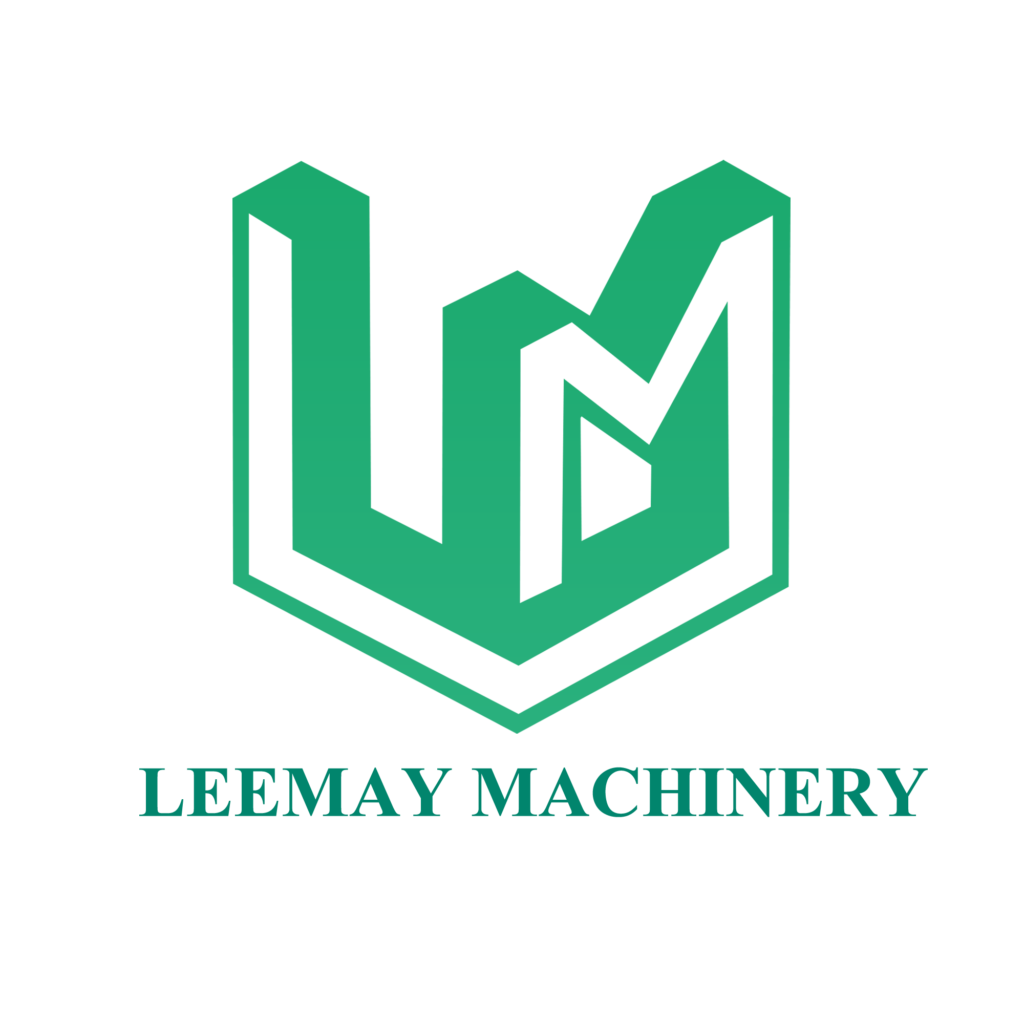In a river pebble sand production line, the finished product rate directly determines your profit margin. From the same batch of pebbles, one factory may produce 80% qualified sand that meets building standards, while another gets only 50% usable material — the rest ends up as waste. Many assume the problem lies in the raw material, but in most cases, the real issue is the selection of the sand making machine.

Today, Leemay Machinery shares key insights into why low finished product rate often happens, and the four essential parameters you must check when choosing a sand making machine for river pebble crushing.
1. Understanding the Loss: How Much Are You Really Losing?
Let’s do a quick calculation. Suppose you process 1,000 tons of river pebbles per day. If your finished rate increases from 60% to 80%, with market price of artificial sand at 120 RMB per ton, that means an extra 48,000 RMB profit per day — nearly 17 million RMB a year!
Common reasons for low finished rate include poor particle shape (too many flaky particles), excessive stone powder, and unqualified size distribution (either too coarse or too fine). Most of these problems are directly linked to machine performance. For instance, using a regular hammer crusher for river pebbles — with their high Mohs hardness (6–7) — often causes severe wear of hammers and uneven crushing, producing too much powder or unbroken pebbles, thus reducing yield.
2. Four Key Parameters for Choosing the Right Sand Making Machine
Given river pebbles’ hardness and toughness, the following four parameters are critical to ensuring high finished product rate and stable operation.
① Crushing Cavity Design — Determines Particle Shape and Efficiency
River pebble sand should be cubic in shape (flaky content ≤15% as per standard). The crushing cavity design largely dictates this outcome.
Avoid single-cavity machines that rely mainly on impact and compression — they easily produce flaky particles and cause material blockage. Instead, choose machines with deep-impeller and multi-channel crushing cavity (like vertical shaft impact crushers). These designs enable multiple impacts and grinding, improving particle shape and crushing efficiency.
② Wear Parts Material — Determines Durability and Product Stability
River pebbles are extremely abrasive, so wear parts (impeller, liner, throwing head) are consumed quickly. Once wear exceeds tolerance, crushing force decreases and metal impurities may contaminate the sand.
Recommended materials:
- Throwing head: High-chromium alloy with forged process — 3–5 times more wear-resistant than standard manganese steel, lasting up to 2 months in pebble crushing.
- Liner: Composite material (e.g. silicon carbide + steel base) — enhances wear resistance and reduces friction, thus lowering stone powder generation.
Though premium wear parts cost about 10–15% more, they cut downtime by 2–3 days per month and prevent product quality loss, saving around 20% overall cost in the long run.
③ Speed Adjustment Range — For Different Sand Sizes
Different projects demand different sand sizes: 0.15–5 mm for concrete, 5–10 mm for road base, etc. A fixed-speed crusher can only produce one size, wasting much material. The machine should support variable frequency speed control with range between 1000–1800 r/min.
- Fine sand (0.15–3 mm): Higher speed (1500–1800 r/min) for stronger impact and finer product.
- Coarse sand (3–10 mm): Lower speed (1000–1300 r/min) to reduce over-crushing and excessive powder.
④ Stone Powder Control — Avoid Wasting Valuable Output
Stone powder (≤0.075 mm) is inevitable in sand making, but construction sand requires ≤10% powder content (≤5% for high-grade concrete). Without powder control, excess fines must be discarded, lowering yield.
Choose machines with built-in screening and powder separation:
- Built-in screening: Pre-screens oversized particles for re-crushing, reducing waste.
- Powder separation: Airflow separation removes excess powder (over 10%), meeting national standards and allowing resale to cement plants for extra income.
3. Common Misconceptions When Choosing a Sand Making Machine
“Higher capacity = higher yield”? Wrong! Some machines claim 100 tons/hour capacity but only 50% finished rate, meaning just 50 tons of usable sand. Another with 80 tons/hour but 80% yield gives 64 tons effective output. Always compare effective finished output, not total capacity.
“Universal machine saves cost”? Wrong! “Multi-purpose” crushers that claim to handle all stones are not optimized for river pebbles. Machines designed for limestone, for example, wear out in days when crushing pebbles and produce poor-quality sand — costing more in the long term. Always choose a dedicated river pebble sand making machine.
4. Summary: The Right Machine Can Raise Finished Product Rate by 20%
To summarize:
- Choose deep impeller + multi-channel cavity for better shape and crushing;
- Use high-chromium alloy + composite materials for durability;
- Ensure variable speed control to meet different size demands;
- Opt for machines with powder separation to avoid waste.
If your river pebble sand project faces yield or quality issues, contact Leemay Machinery. Share your raw material details (hardness, size) and product requirements, and we’ll help you select the right sand making machine model — even provide trial testing service for free.

Leave a Reply